How to Paint Over Kitchen Wall Grease
Painting your kitchen walls is a great way to refresh the look of your space. However, if you have grease buildup on your walls, it can be a daunting task. But don't worry, with the right techniques and products, you can easily paint over kitchen wall grease and achieve a clean and vibrant finish.
How to Remove Kitchen Wall Grease Before Painting
Before you start painting, it's important to remove any grease from your kitchen walls. This will ensure that the paint adheres properly and doesn't flake off in the future. To remove grease, mix a solution of warm water and mild dish soap. Using a sponge, gently scrub the walls in a circular motion. For tougher grease stains, you can also use a degreaser or a mixture of vinegar and water. Rinse the walls thoroughly with clean water and let them dry completely before moving on to painting.
Best Paint for Kitchen Walls with Grease
When it comes to painting over kitchen wall grease, it's important to choose the right type of paint. A high-quality, oil-based or acrylic paint is recommended as they are more resistant to grease and stains. Look for paints that have a satin or semi-gloss finish, as they are easier to clean and maintain. Avoid using flat or matte finishes as they can absorb grease and become difficult to clean.
How to Prep Kitchen Walls for Painting
Proper preparation is key to achieving a smooth and long-lasting paint finish. Start by cleaning the walls thoroughly to remove any dirt, grime, or grease. Next, fill in any cracks or holes with spackling compound and sand them down to create a smooth surface. If your walls have any glossy spots, lightly sand them to help the paint adhere better. Finally, use painter's tape to protect any trim, cabinets, or appliances from accidental paint splatters.
DIY Kitchen Wall Painting Tips
Painting your kitchen walls can be a DIY project that doesn't require professional help. However, there are a few tips that can help ensure a successful and hassle-free painting process. Firstly, make sure to stir your paint thoroughly before use to get a consistent color and texture. Use a high-quality brush or roller to apply the paint in even strokes. It's also recommended to apply at least two coats of paint for a more durable finish. And don't forget to ventilate the room while painting to avoid inhaling any fumes.
How to Clean Grease Off Kitchen Walls
To keep your kitchen walls looking clean and fresh, it's important to regularly clean off any grease buildup. You can use a mixture of warm water and dish soap or a degreaser to wipe down the walls. For tougher stains, you can also use a magic eraser or a mixture of baking soda and water. Avoid using harsh chemicals or abrasive sponges, as they can damage the paint finish.
Painting Over Grease Stains on Kitchen Walls
If you have stubborn grease stains on your kitchen walls, don't worry, they can still be painted over. First, clean the area thoroughly and let it dry completely. Next, use a stain-blocking primer to cover the stains and prevent them from bleeding through the new paint. Once the primer is dry, you can proceed to paint your walls as usual. Just make sure to use multiple coats to completely cover the stains.
How to Prime Kitchen Walls for Painting
Priming your kitchen walls is an important step to achieve a smooth and long-lasting paint finish. A high-quality primer will help the paint adhere better and prevent any stains or grease from bleeding through. Choose a primer that is specifically designed for kitchens and has a stain-blocking formula. Apply the primer with a brush or roller, and follow the manufacturer's instructions for drying time before painting.
Choosing the Right Paint Finish for Kitchen Walls
When choosing the finish for your kitchen walls, consider the level of grease and stains it may be exposed to. As mentioned before, satin or semi-gloss finishes are ideal for kitchens as they are more resistant to grease and easier to clean. However, if you prefer a matte finish, make sure to use a washable, stain-resistant paint. You can also opt for a washable flat paint and apply a clear topcoat for added protection.
How to Prevent Grease Buildup on Kitchen Walls
Prevention is always better than cure, and this applies to grease buildup on your kitchen walls as well. To avoid dealing with stubborn grease stains in the future, it's important to regularly clean your kitchen walls. Wipe down the walls with a damp cloth and mild dish soap at least once a week. You can also invest in a splatter guard for your stovetop to prevent grease from splattering onto the walls while cooking.
How to Effectively Paint Over Kitchen Wall Grease
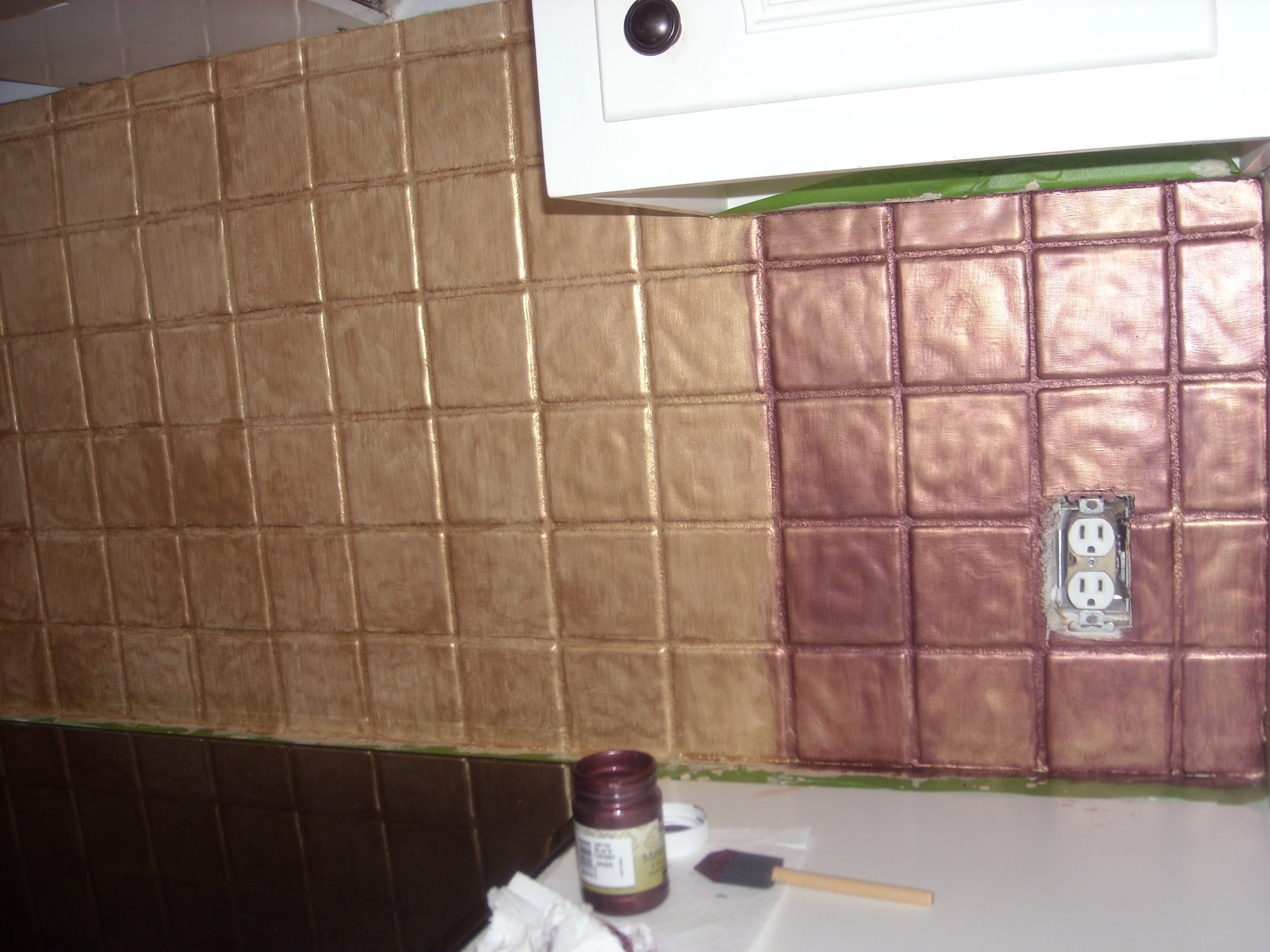
Introduction
 When it comes to house design, one of the most common concerns is how to keep the kitchen walls clean and free from grease. Over time, cooking can lead to grease buildup on kitchen walls, making them look unsightly and difficult to clean. This can be a major problem, especially when it's time to repaint the walls. Many homeowners wonder, "Can I paint over kitchen wall grease?" The answer is yes, you can, but there are some important considerations to keep in mind to ensure a successful and long-lasting paint job.
When it comes to house design, one of the most common concerns is how to keep the kitchen walls clean and free from grease. Over time, cooking can lead to grease buildup on kitchen walls, making them look unsightly and difficult to clean. This can be a major problem, especially when it's time to repaint the walls. Many homeowners wonder, "Can I paint over kitchen wall grease?" The answer is yes, you can, but there are some important considerations to keep in mind to ensure a successful and long-lasting paint job.
Understanding Kitchen Wall Grease
 Before we dive into the process of painting over kitchen wall grease, it's important to understand what it is and how it forms. Kitchen wall grease is a combination of airborne cooking oil particles, steam, and other food particles that settle on the walls. These particles can accumulate over time, making the walls appear greasy and yellowish. This buildup not only affects the appearance of the walls but can also make it difficult for paint to adhere properly, leading to peeling and flaking.
Before we dive into the process of painting over kitchen wall grease, it's important to understand what it is and how it forms. Kitchen wall grease is a combination of airborne cooking oil particles, steam, and other food particles that settle on the walls. These particles can accumulate over time, making the walls appear greasy and yellowish. This buildup not only affects the appearance of the walls but can also make it difficult for paint to adhere properly, leading to peeling and flaking.
Cleaning the Walls
 The first step to effectively painting over kitchen wall grease is to thoroughly clean the walls. Start by mixing warm water and a gentle dish soap in a bucket. Using a sponge or soft cloth, gently scrub the walls to remove any visible grease buildup. For tougher stains, you can use a degreaser or a mixture of vinegar and water. Make sure to rinse the walls thoroughly with clean water and allow them to dry completely before moving on to the next step.
The first step to effectively painting over kitchen wall grease is to thoroughly clean the walls. Start by mixing warm water and a gentle dish soap in a bucket. Using a sponge or soft cloth, gently scrub the walls to remove any visible grease buildup. For tougher stains, you can use a degreaser or a mixture of vinegar and water. Make sure to rinse the walls thoroughly with clean water and allow them to dry completely before moving on to the next step.
Priming the Walls
 Once the walls are clean and dry, it's time to prime them. Using a stain-blocking primer specifically designed for kitchen walls, apply a thin and even coat over the entire surface. This will not only help to seal in any remaining grease but also provide a smooth and clean surface for the paint to adhere to. Be sure to choose a primer that is compatible with the type of paint you will be using.
Once the walls are clean and dry, it's time to prime them. Using a stain-blocking primer specifically designed for kitchen walls, apply a thin and even coat over the entire surface. This will not only help to seal in any remaining grease but also provide a smooth and clean surface for the paint to adhere to. Be sure to choose a primer that is compatible with the type of paint you will be using.
Painting the Walls
 Finally, it's time to paint over the kitchen wall grease. Choose a high-quality paint that is specifically formulated for kitchens and bathrooms as they are more resistant to moisture and grease. Apply two coats of paint, allowing the first coat to dry completely before applying the second. This will ensure a smooth and long-lasting finish.
Finally, it's time to paint over the kitchen wall grease. Choose a high-quality paint that is specifically formulated for kitchens and bathrooms as they are more resistant to moisture and grease. Apply two coats of paint, allowing the first coat to dry completely before applying the second. This will ensure a smooth and long-lasting finish.
Conclusion
 In conclusion, painting over kitchen wall grease is possible with the right approach. By understanding the causes of grease buildup, properly cleaning the walls, and using the right products, you can achieve a clean and fresh look for your kitchen walls. Remember to always use proper ventilation and protective gear when dealing with cleaning agents and paint. With these tips in mind, you can easily tackle this common problem and have a beautifully painted kitchen in no time.
In conclusion, painting over kitchen wall grease is possible with the right approach. By understanding the causes of grease buildup, properly cleaning the walls, and using the right products, you can achieve a clean and fresh look for your kitchen walls. Remember to always use proper ventilation and protective gear when dealing with cleaning agents and paint. With these tips in mind, you can easily tackle this common problem and have a beautifully painted kitchen in no time.

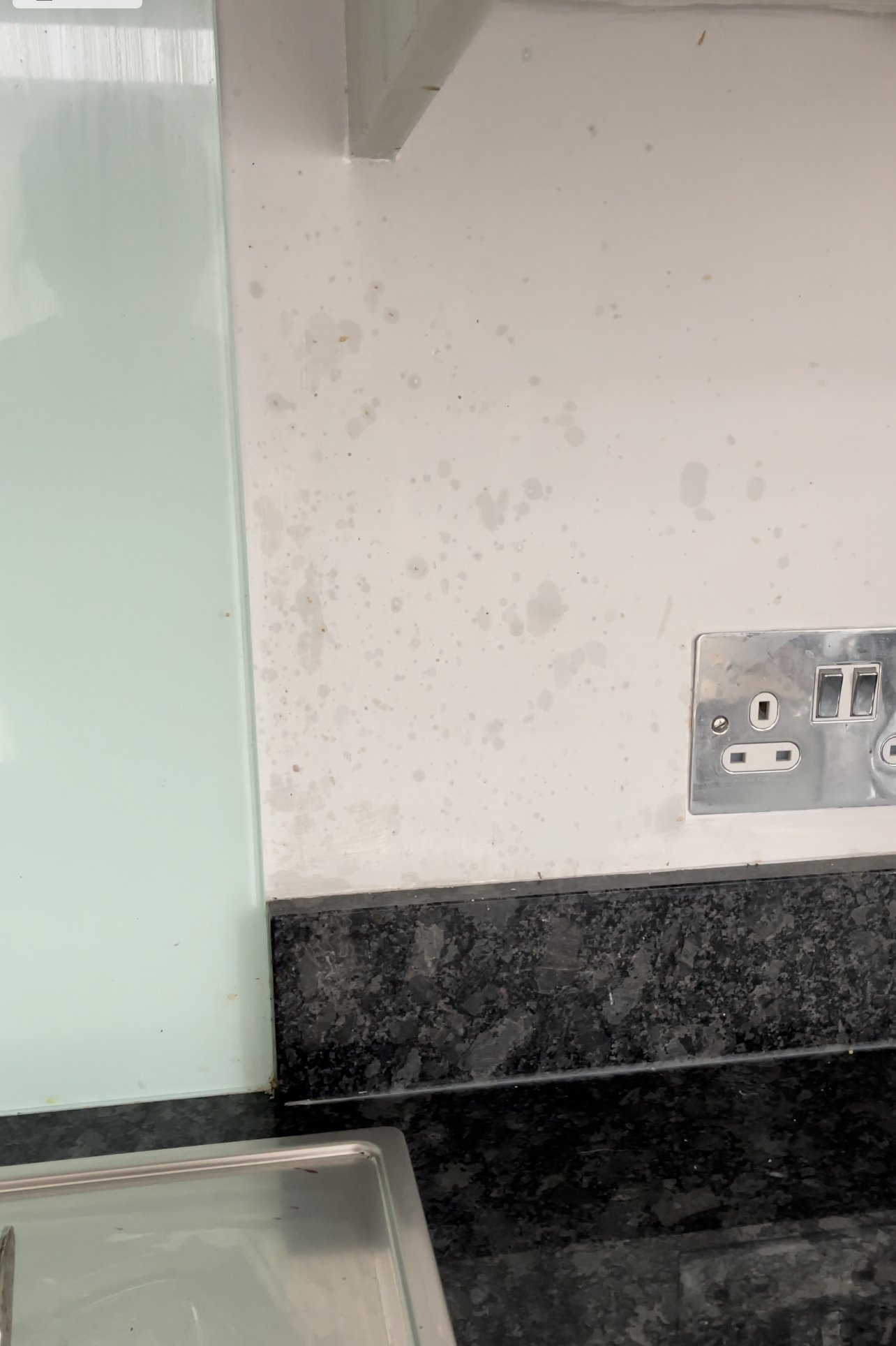
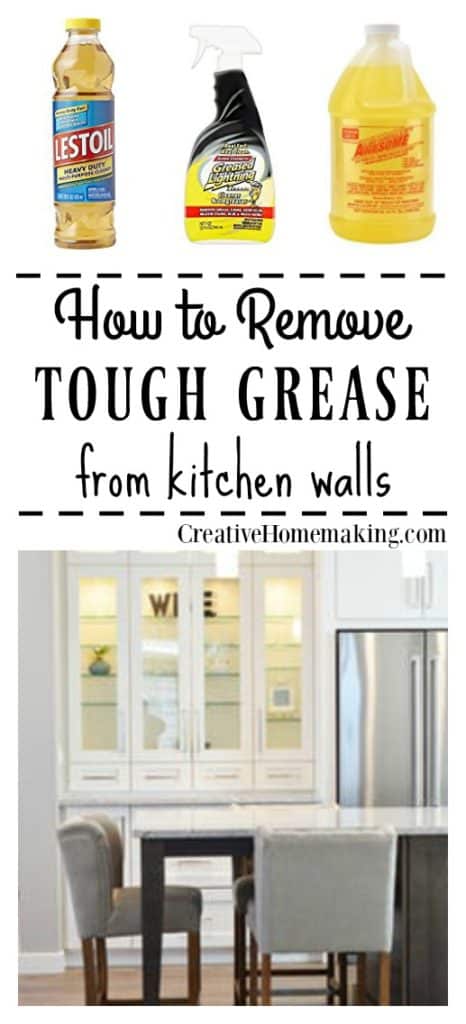

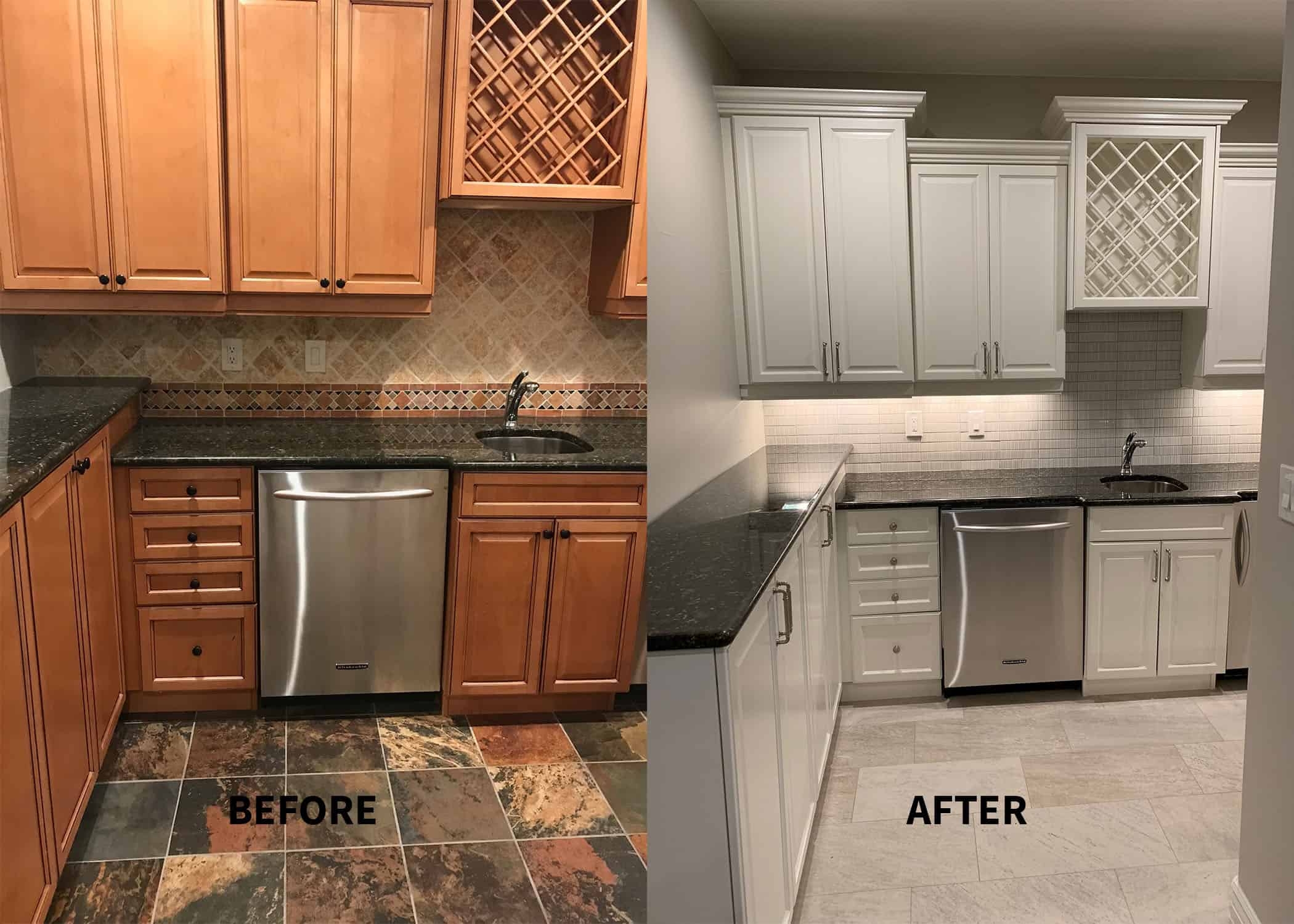

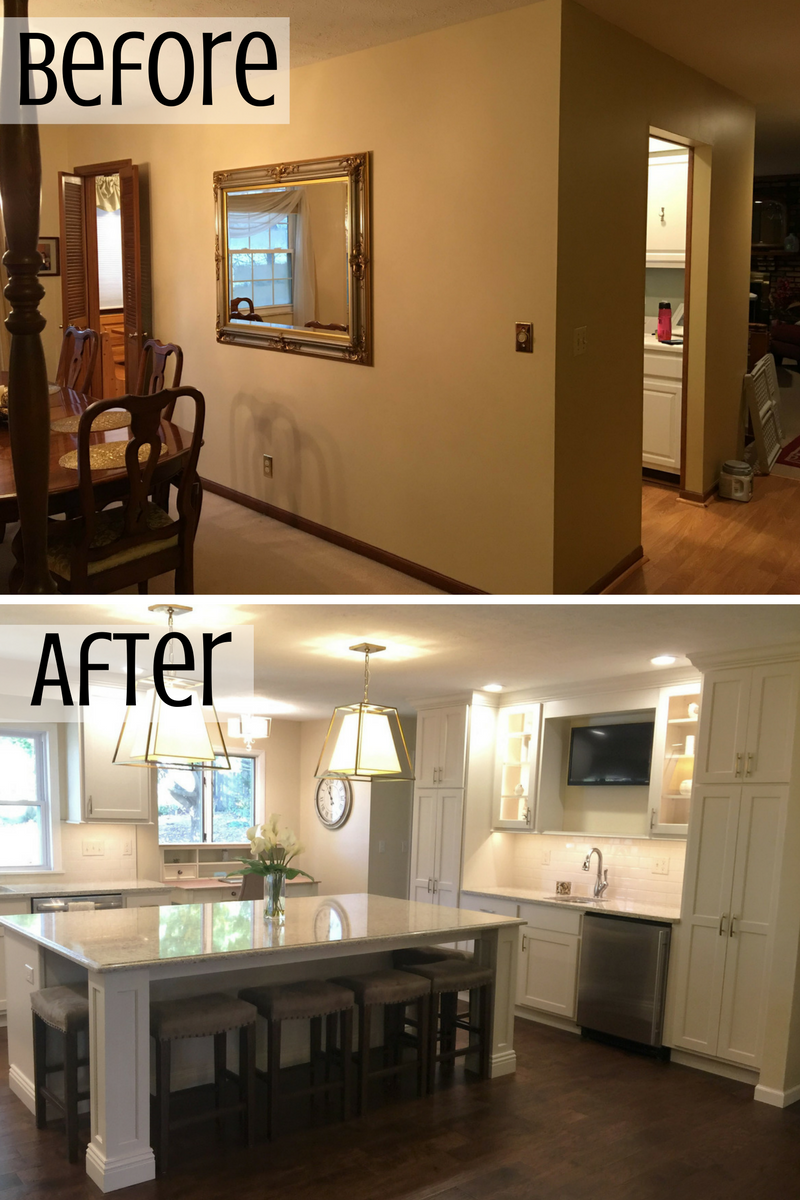

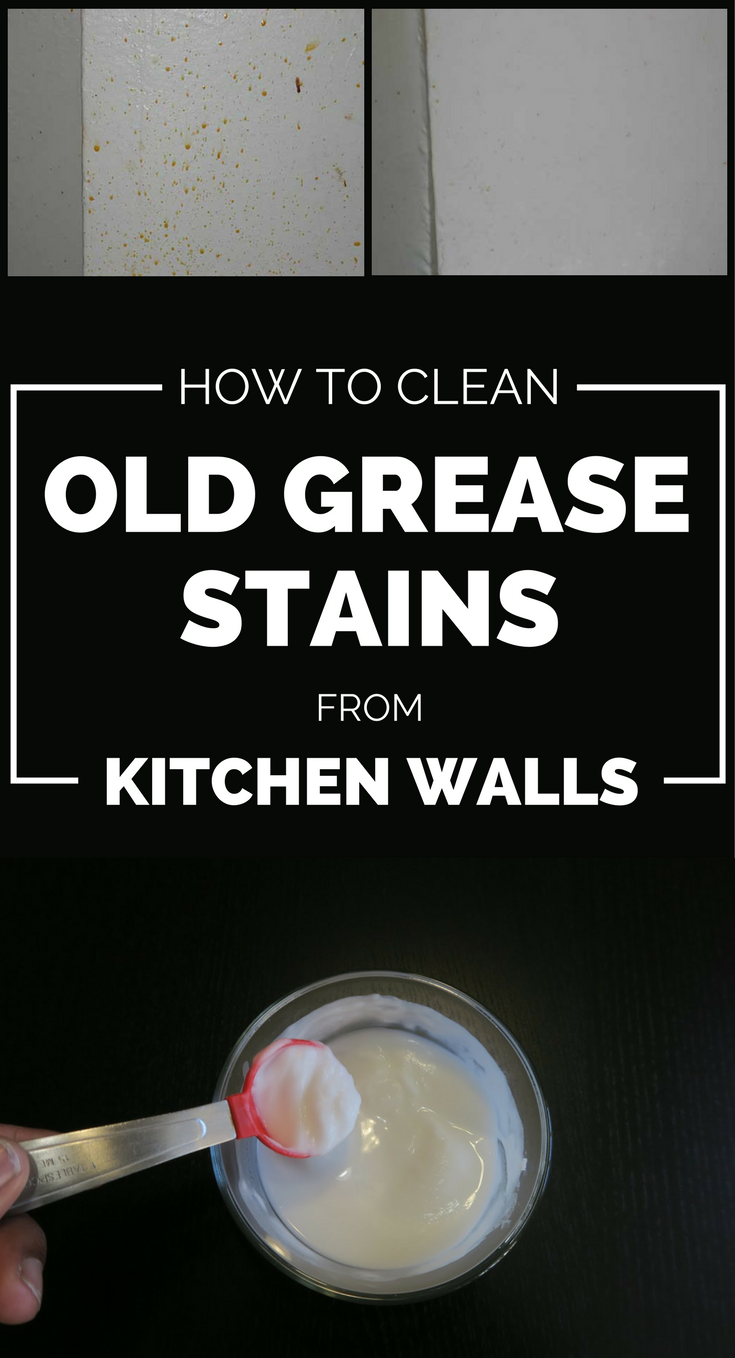






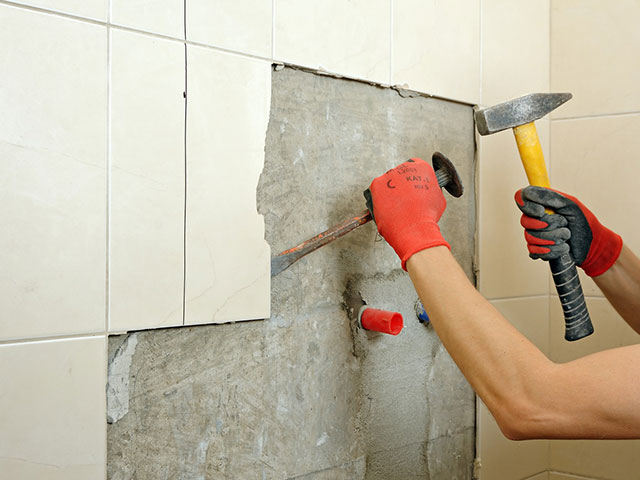
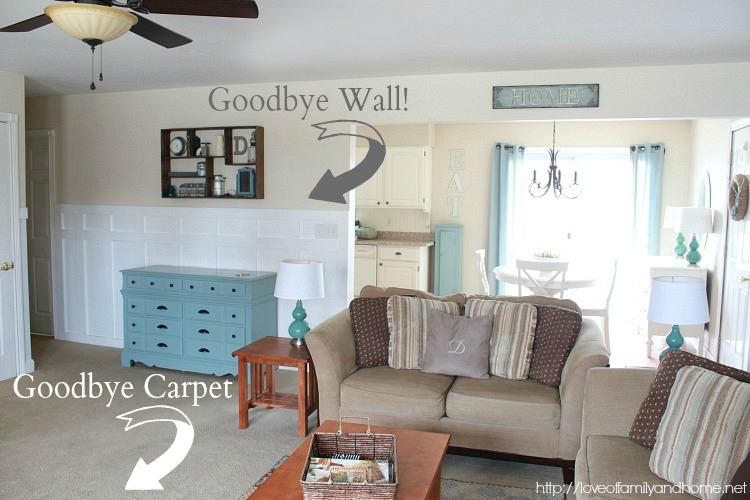





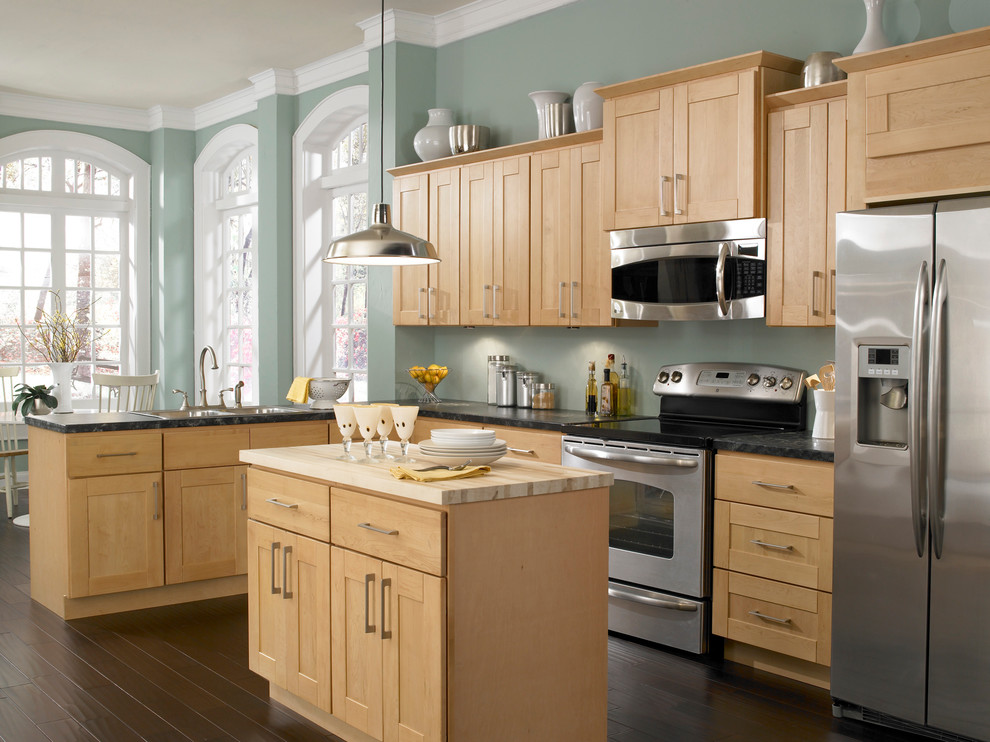

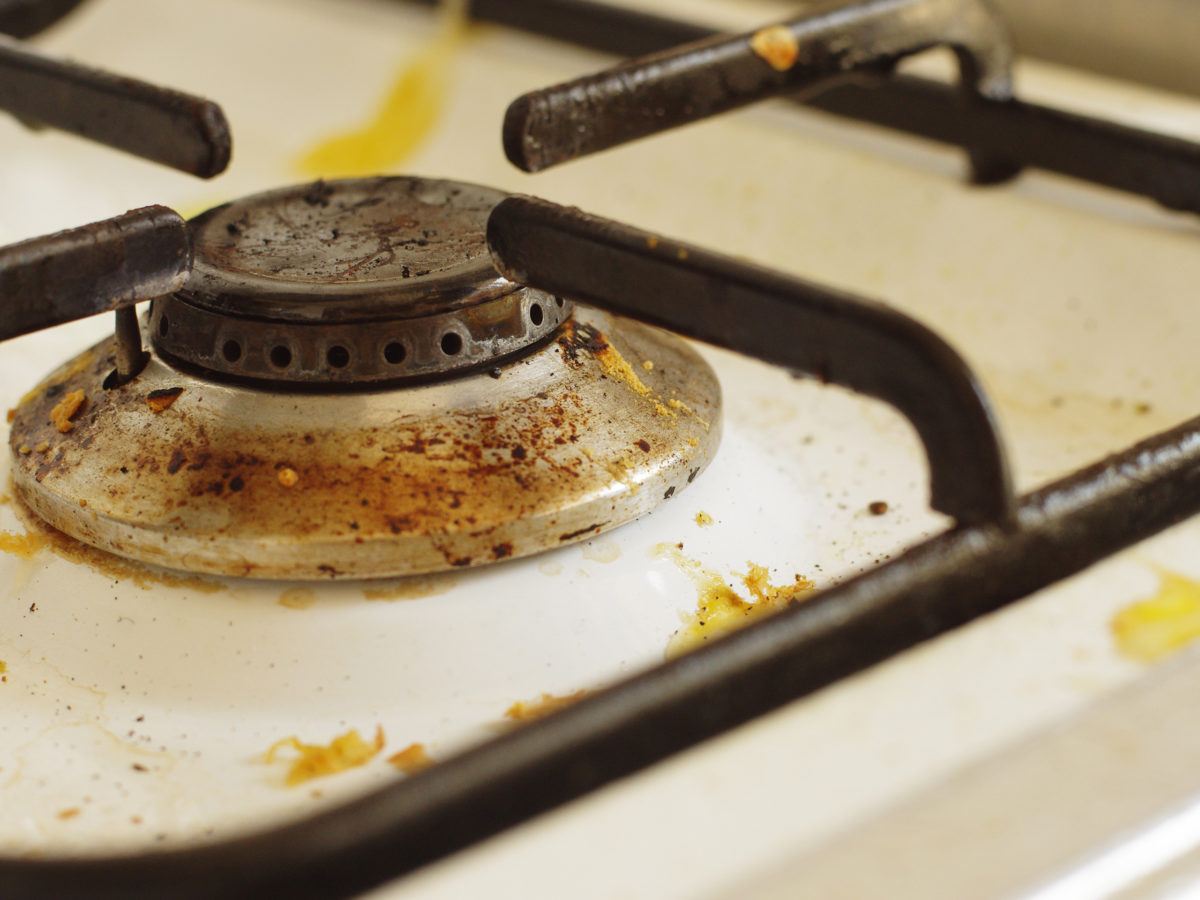

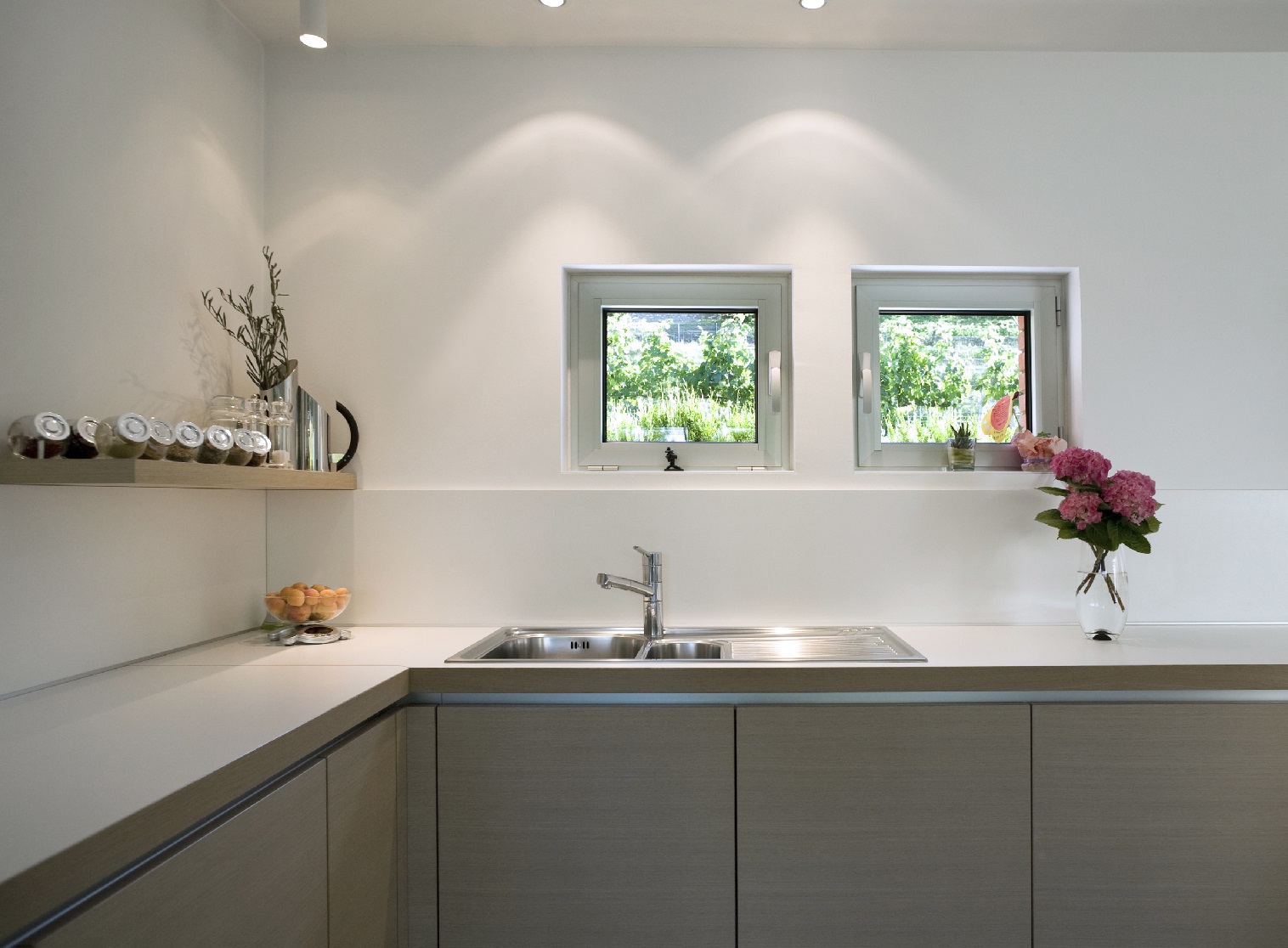


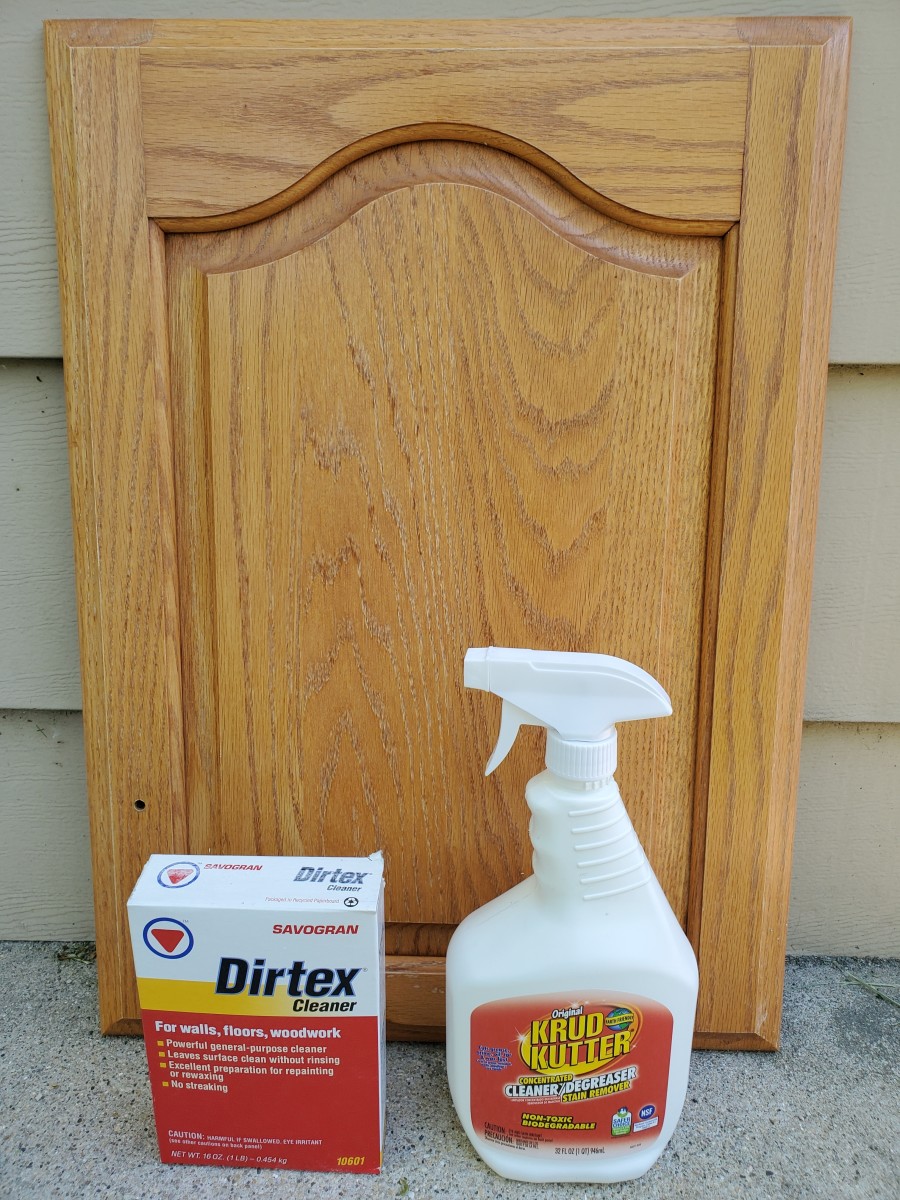


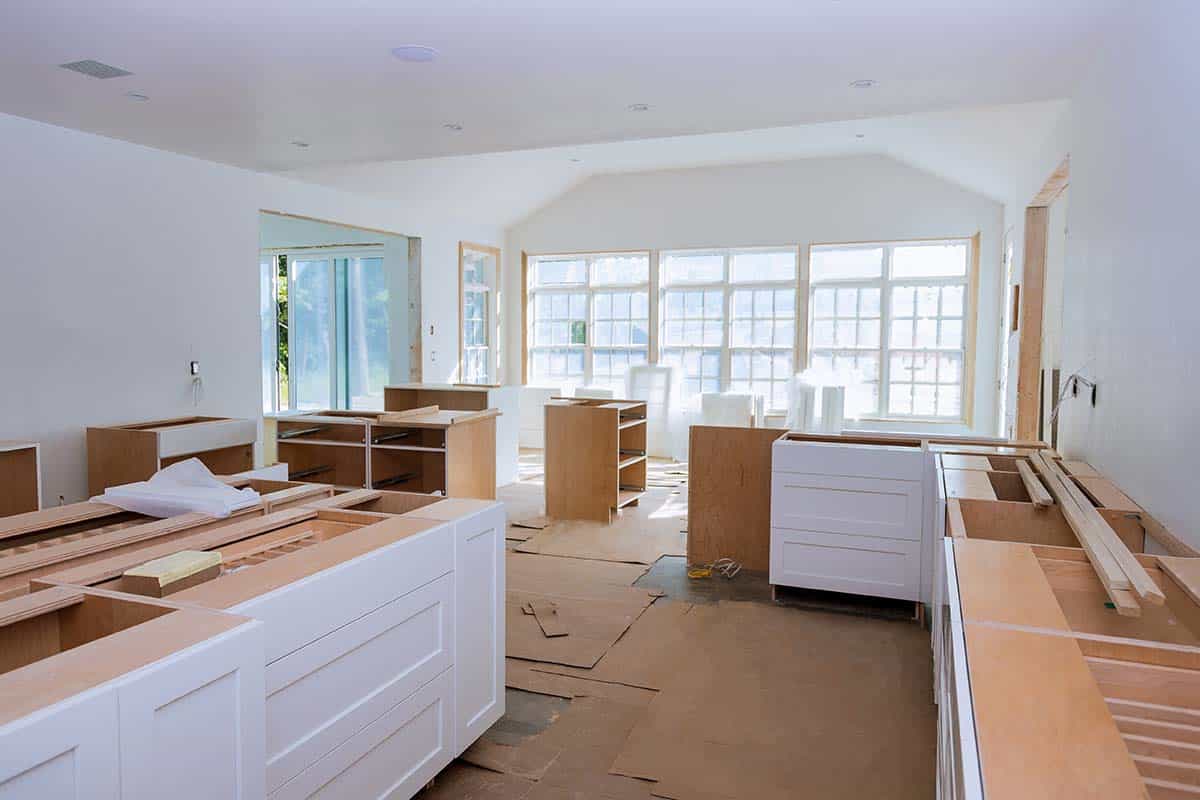


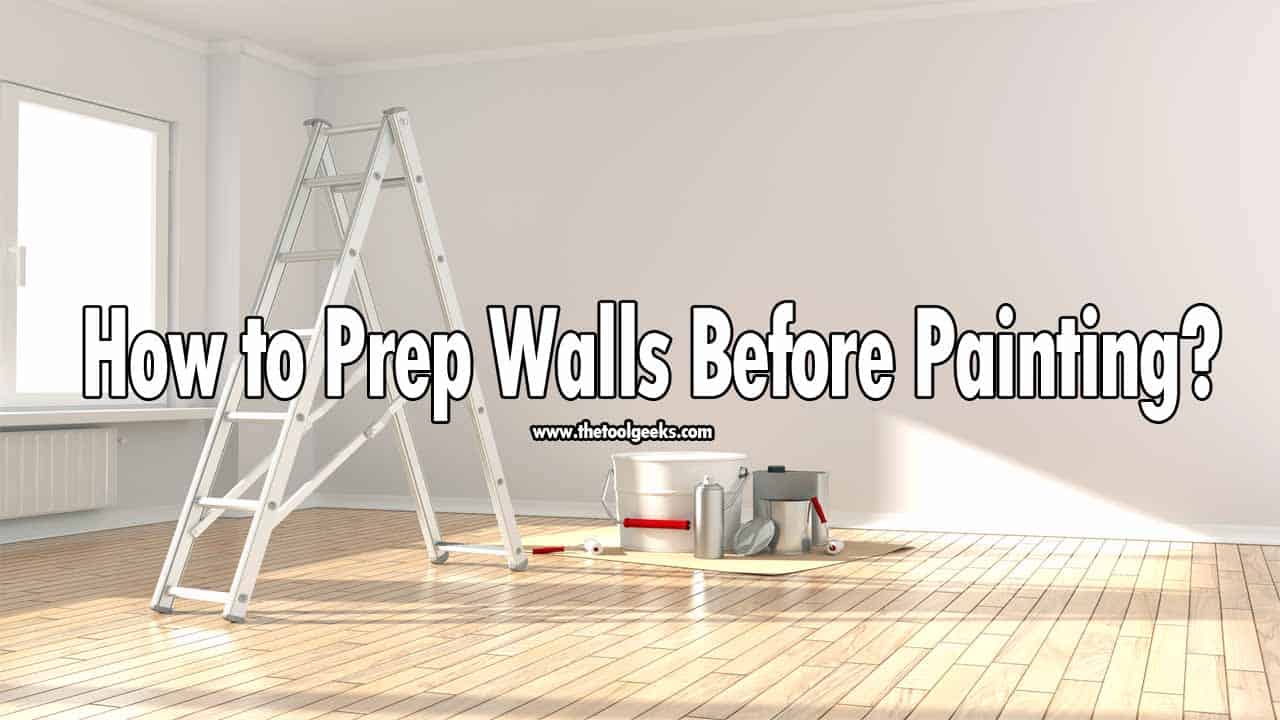

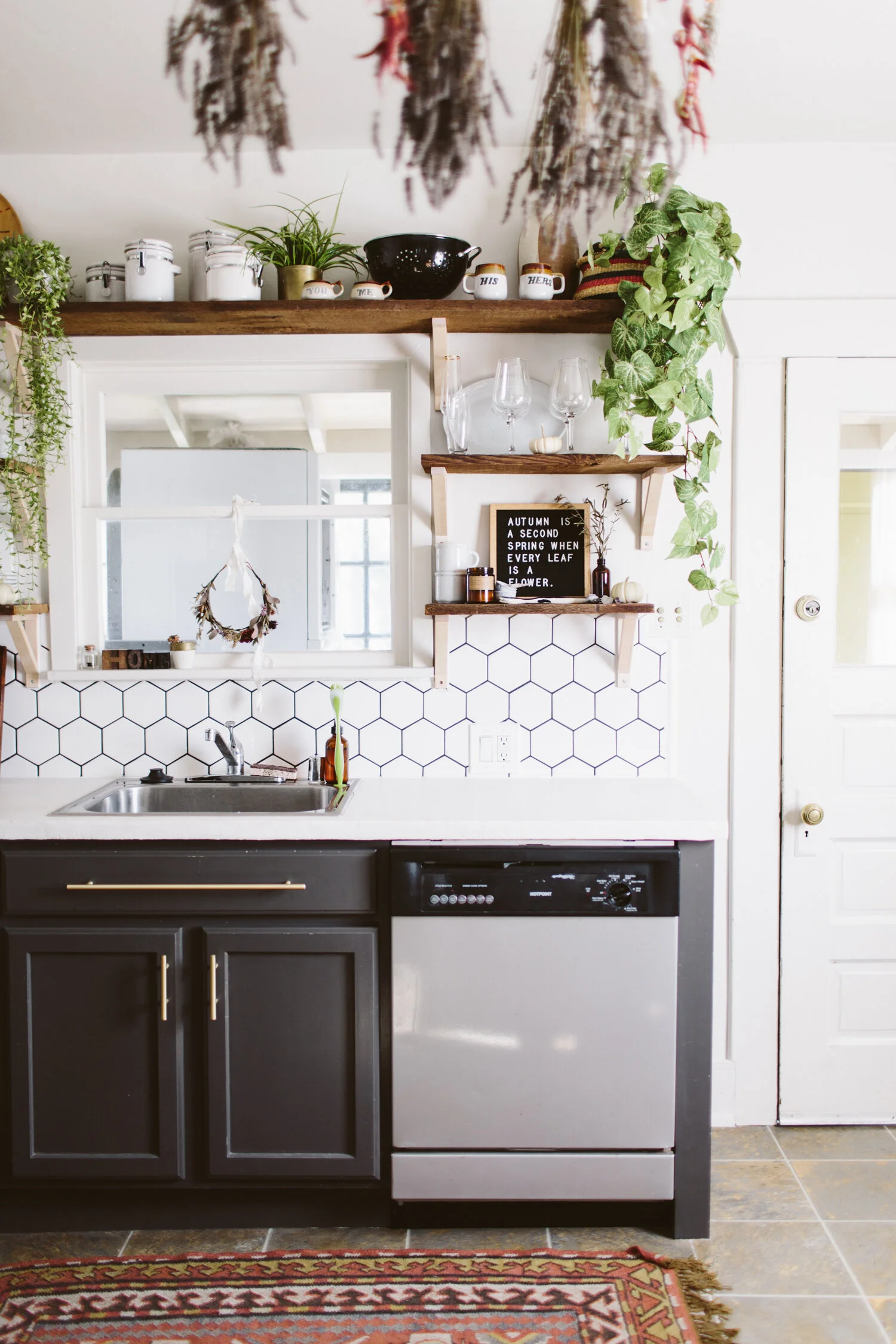


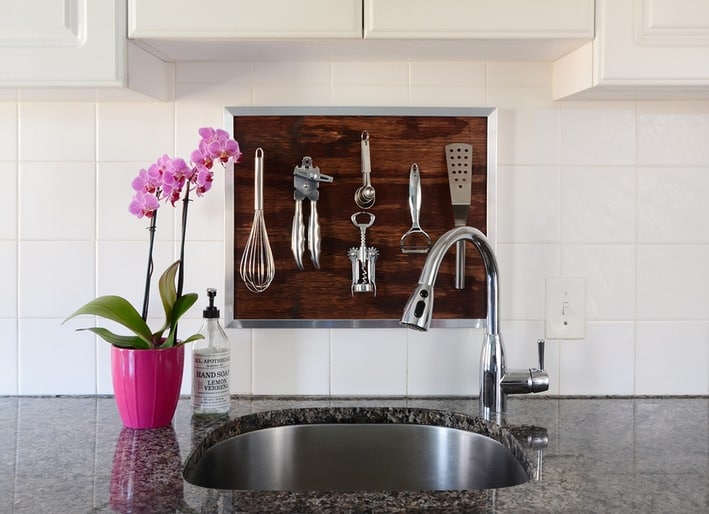






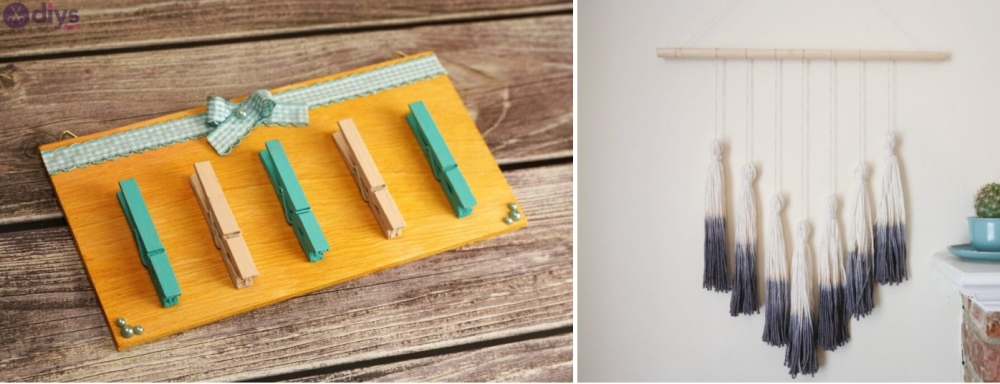





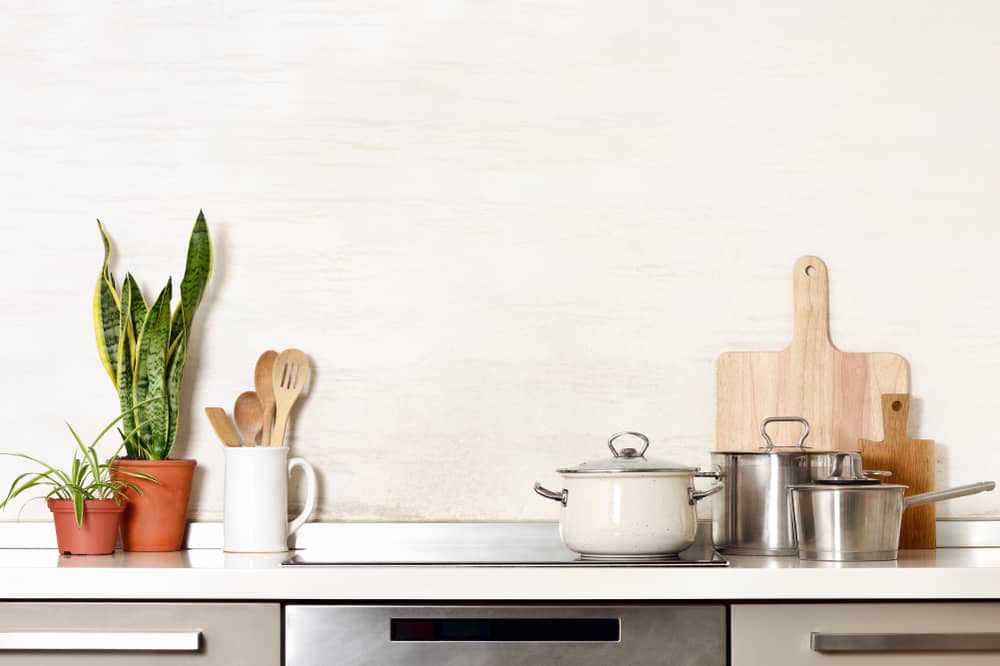



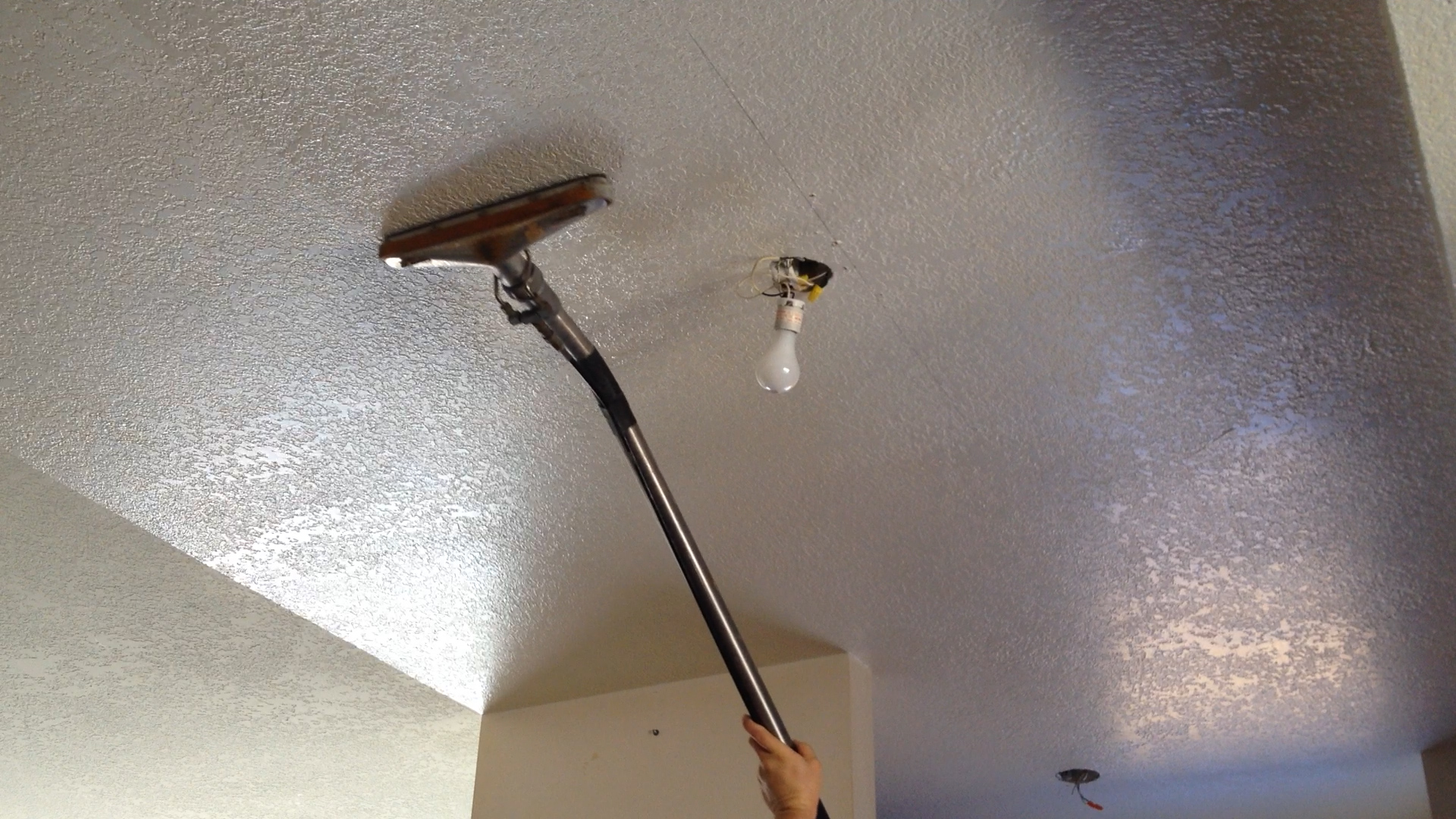


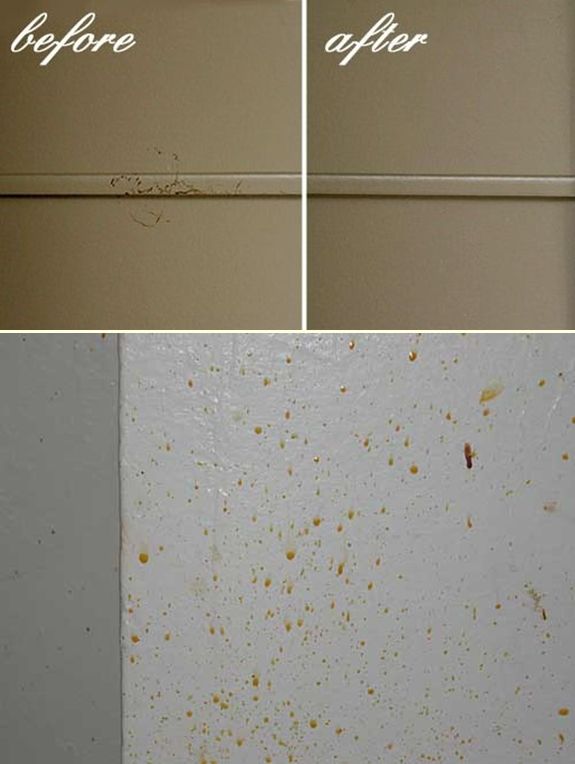

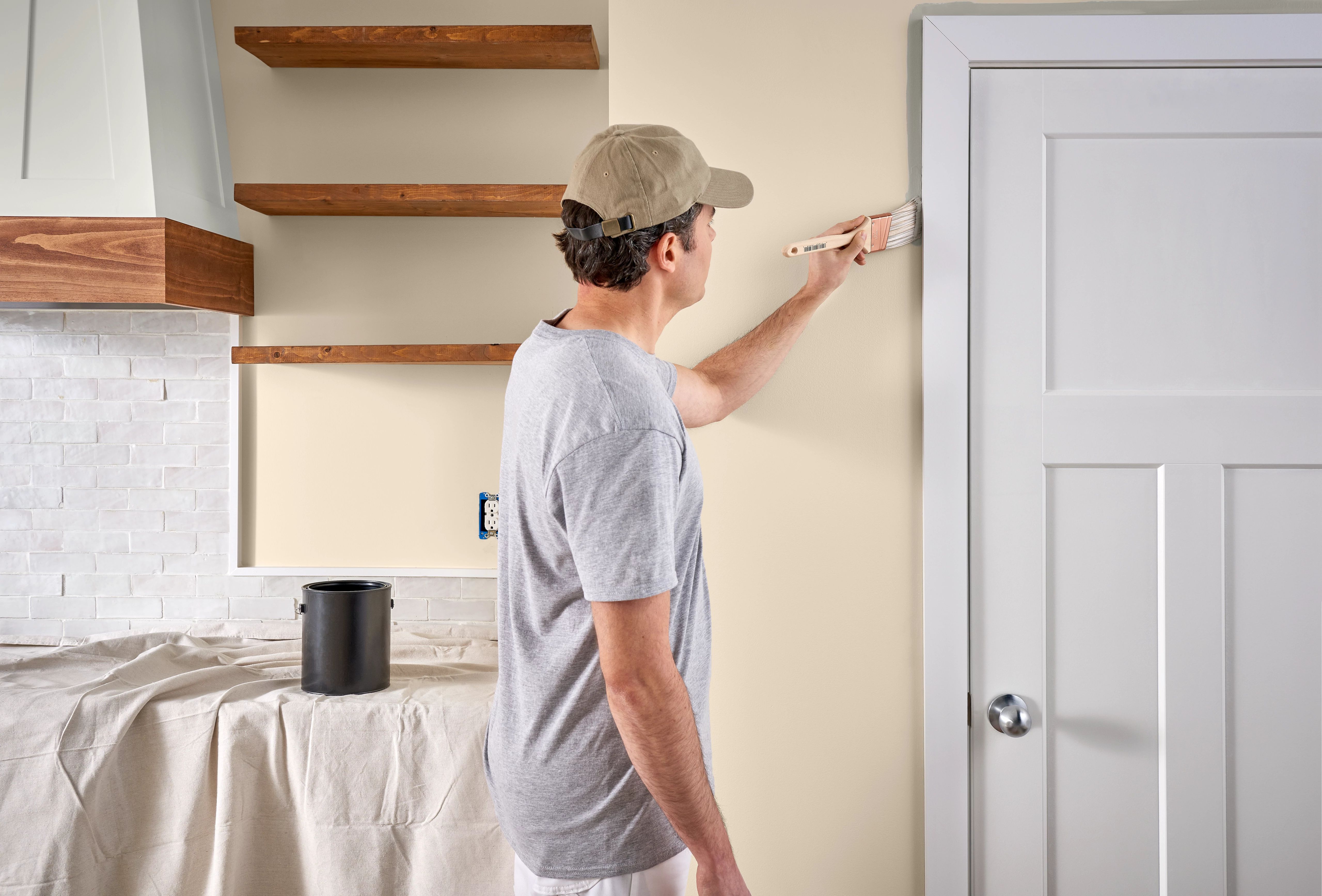


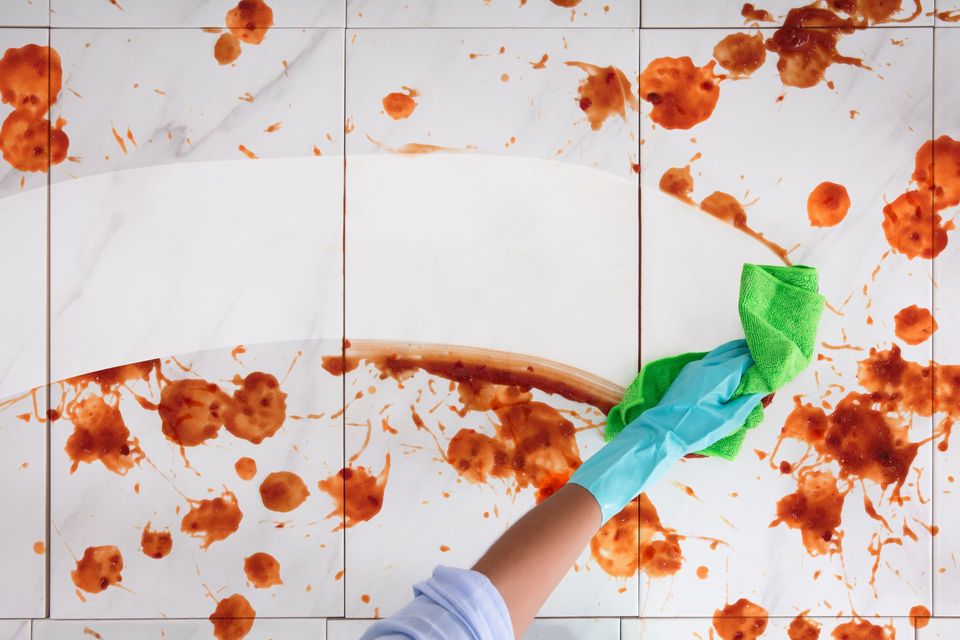
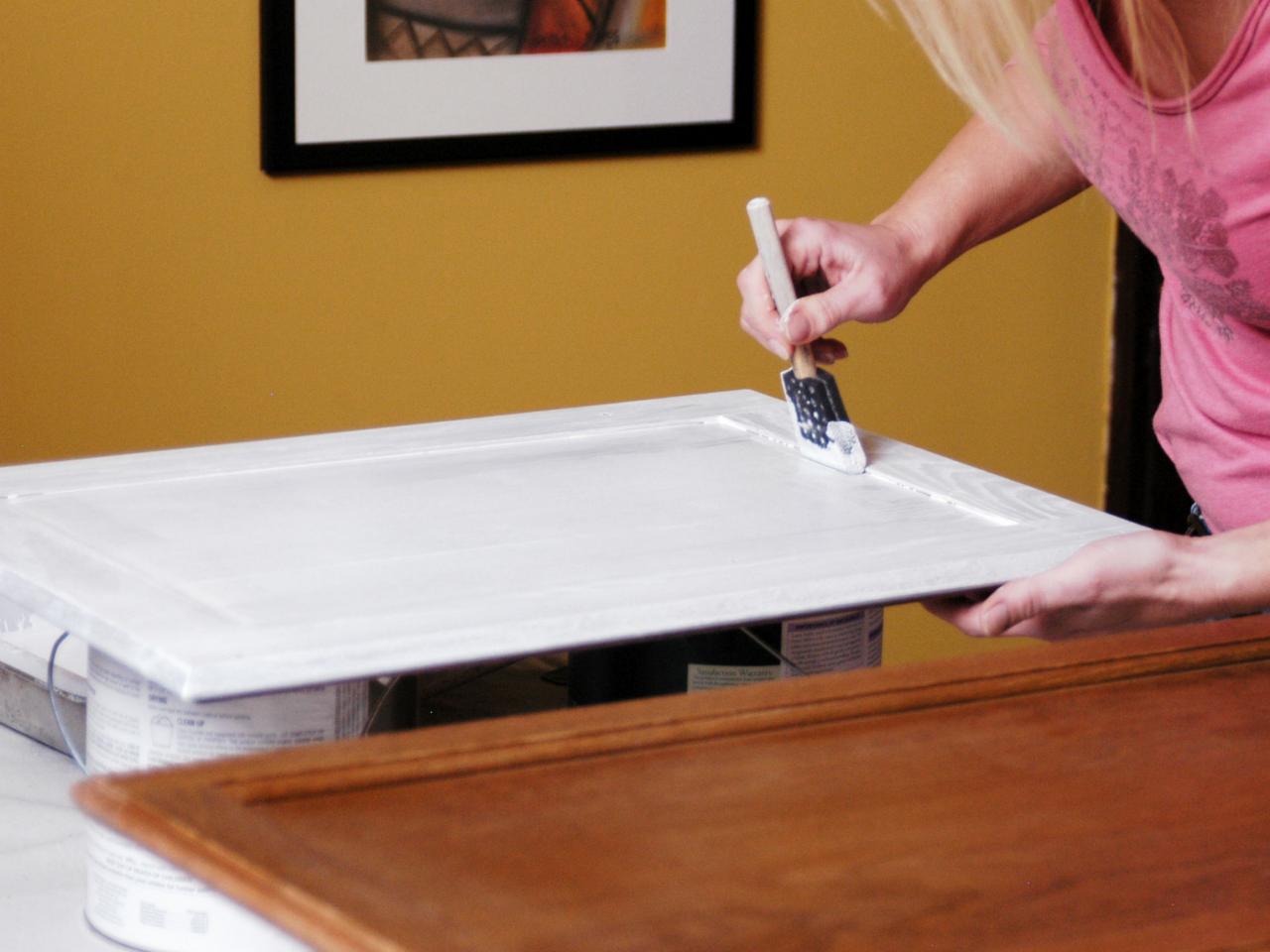




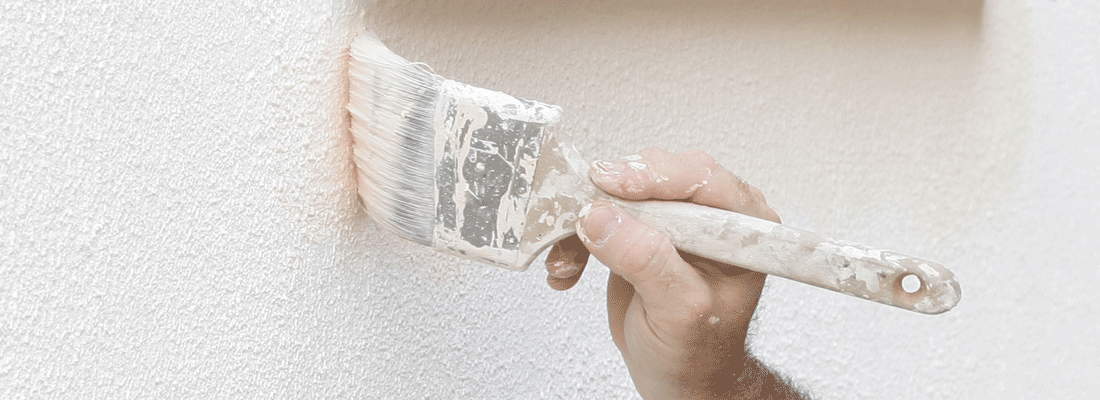






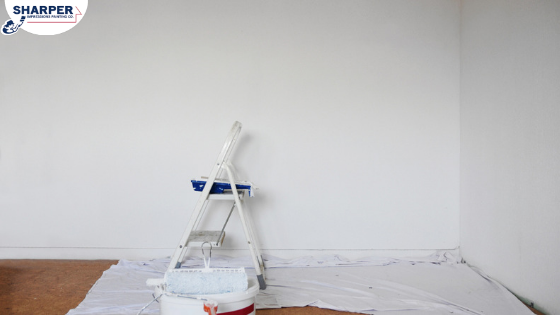



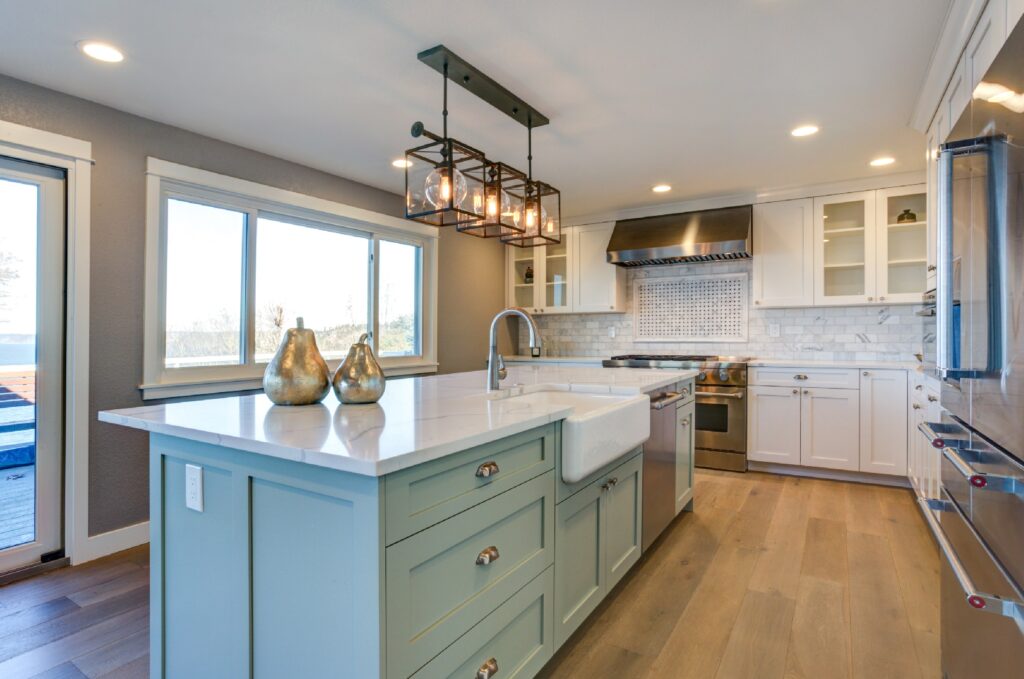
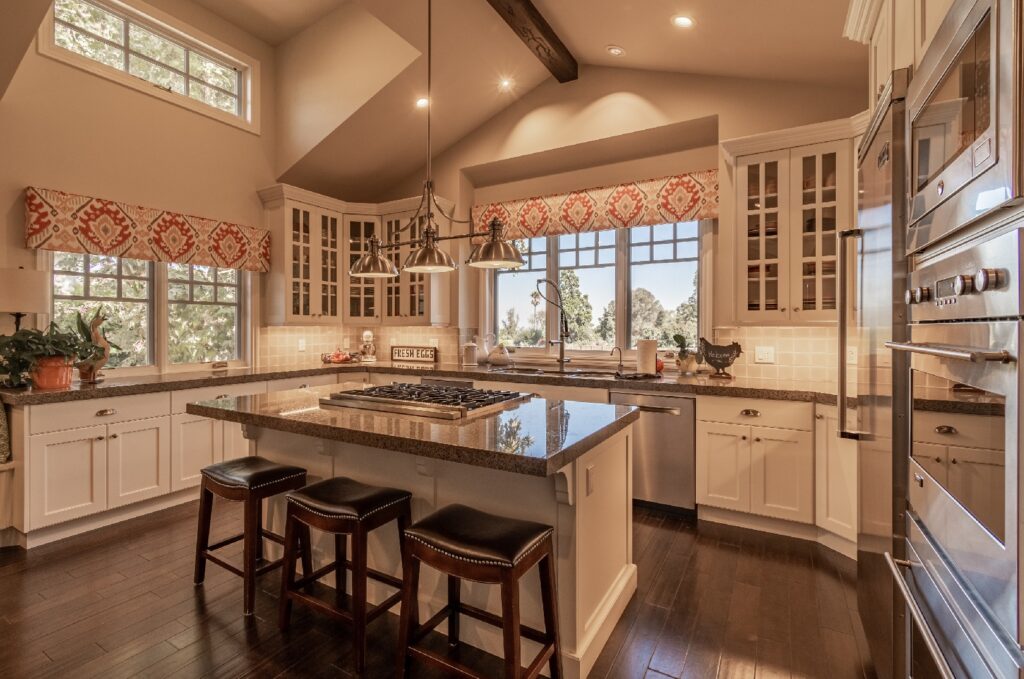
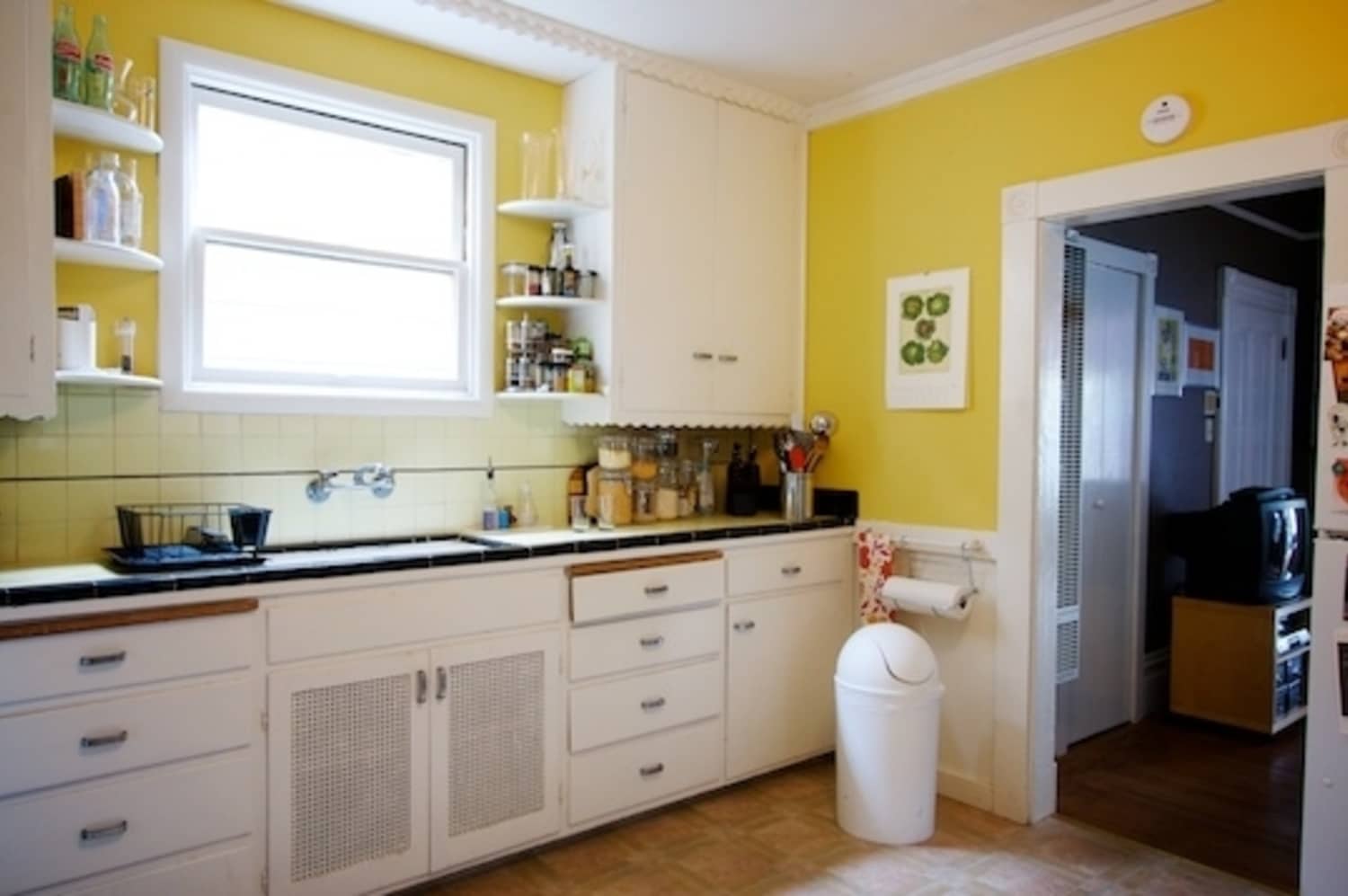
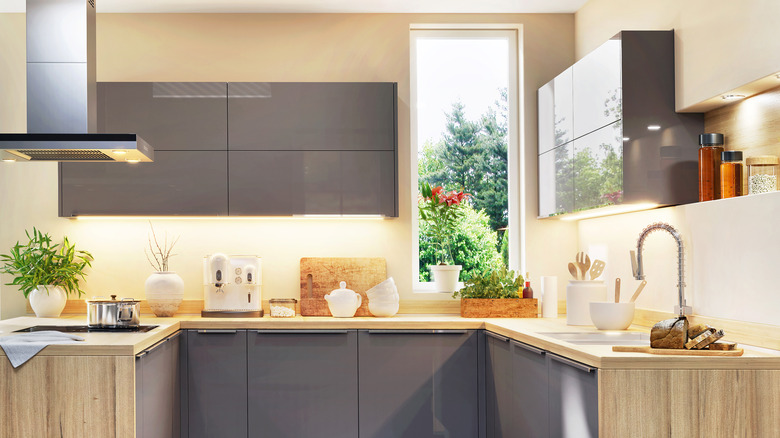

:max_bytes(150000):strip_icc()/149957873-56a49ee15f9b58b7d0d7e016.jpg)
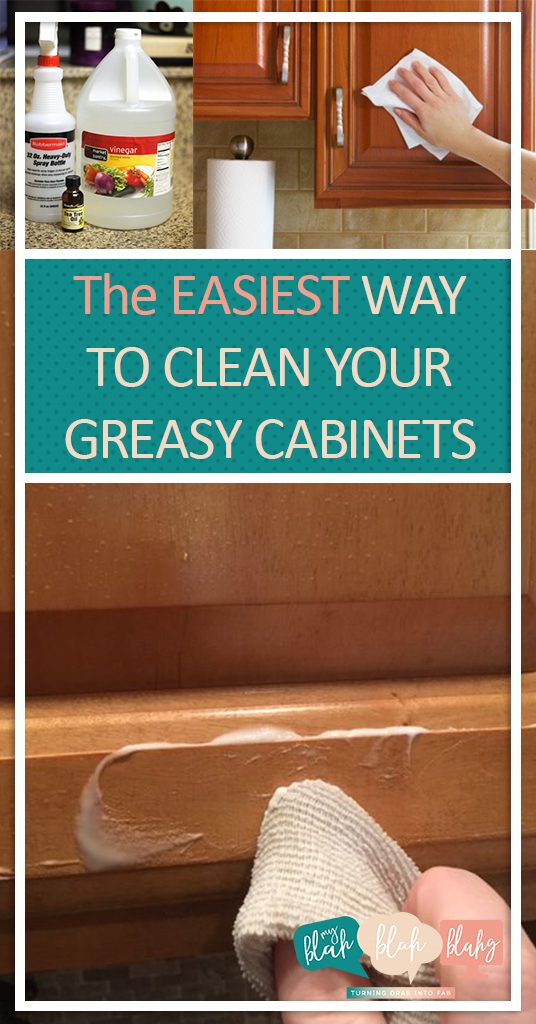





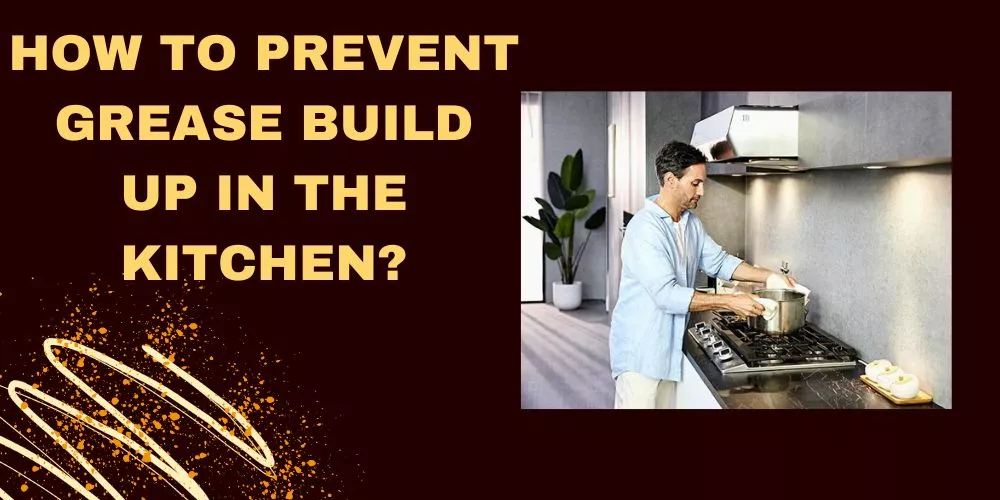
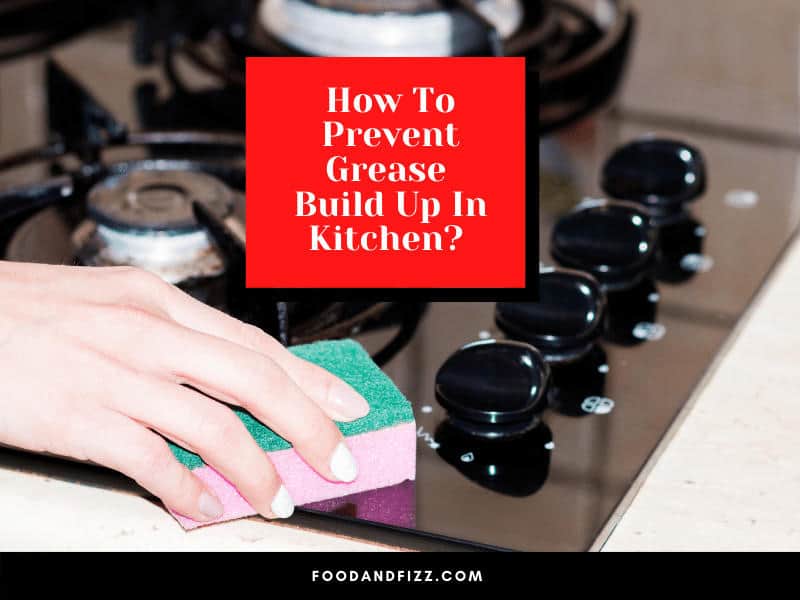


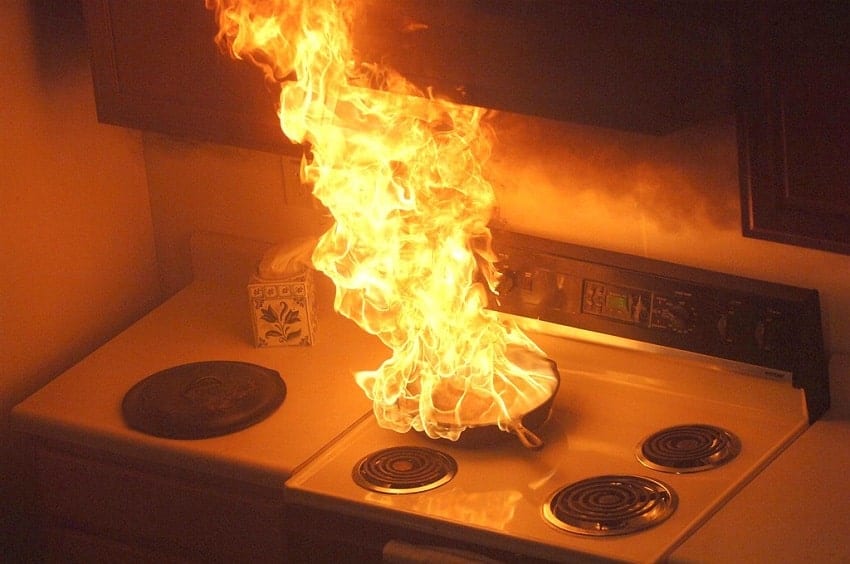


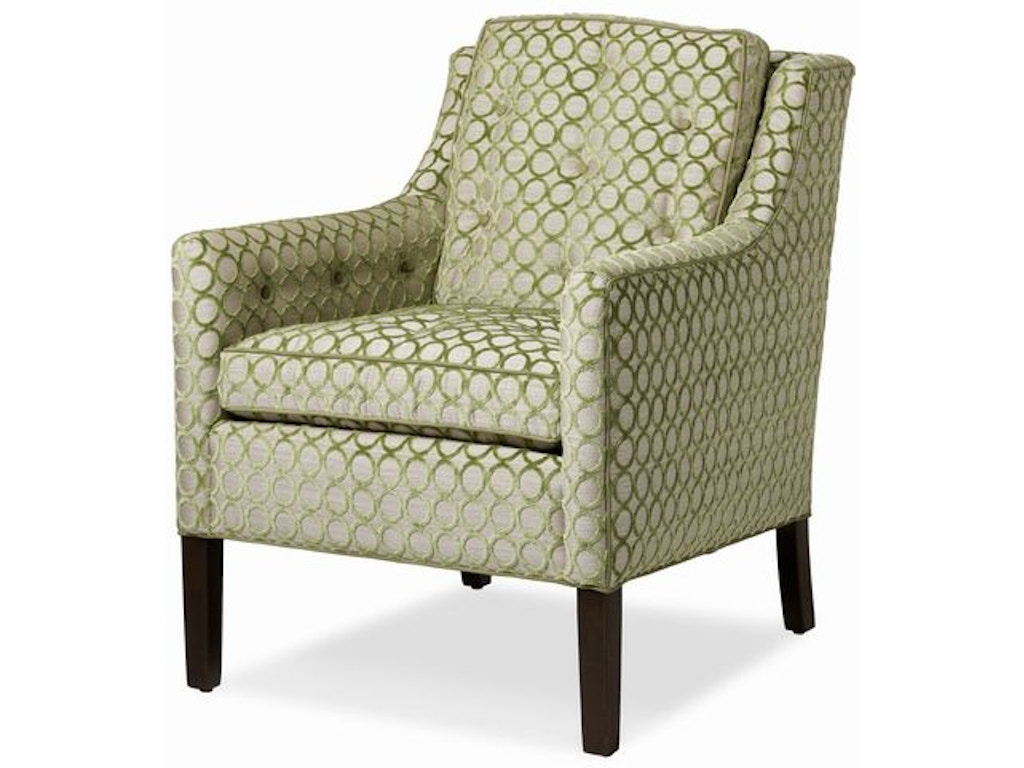
/modern-dining-room-ideas-4147451-hero-d6333998f8b34620adfd4d99ac732586.jpg)
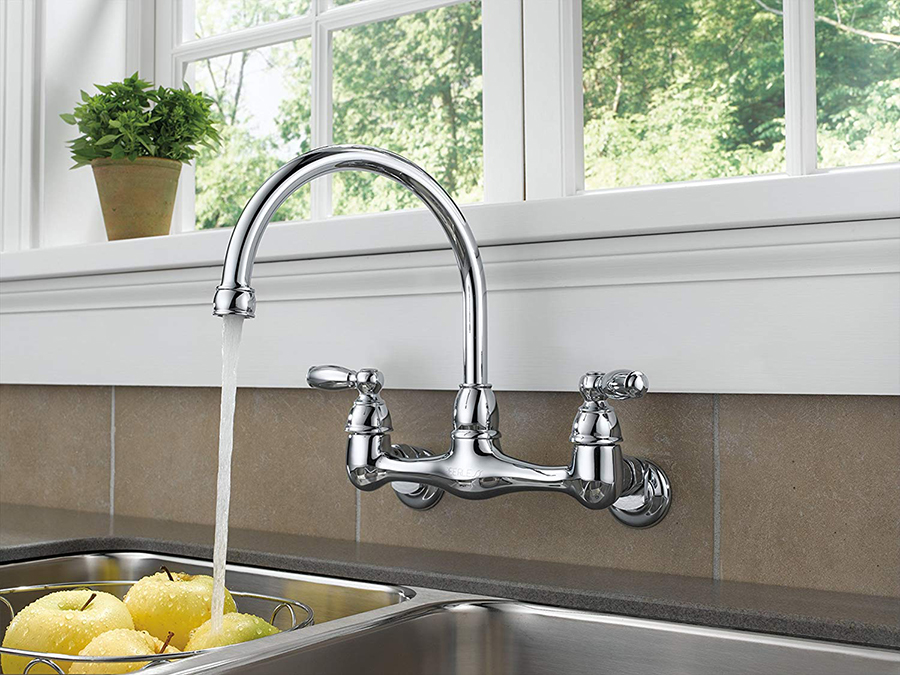

/dining-room-lighting-4157465-hero-28e9226fa7fb4f7e9f86a062ff22111c.jpg)
